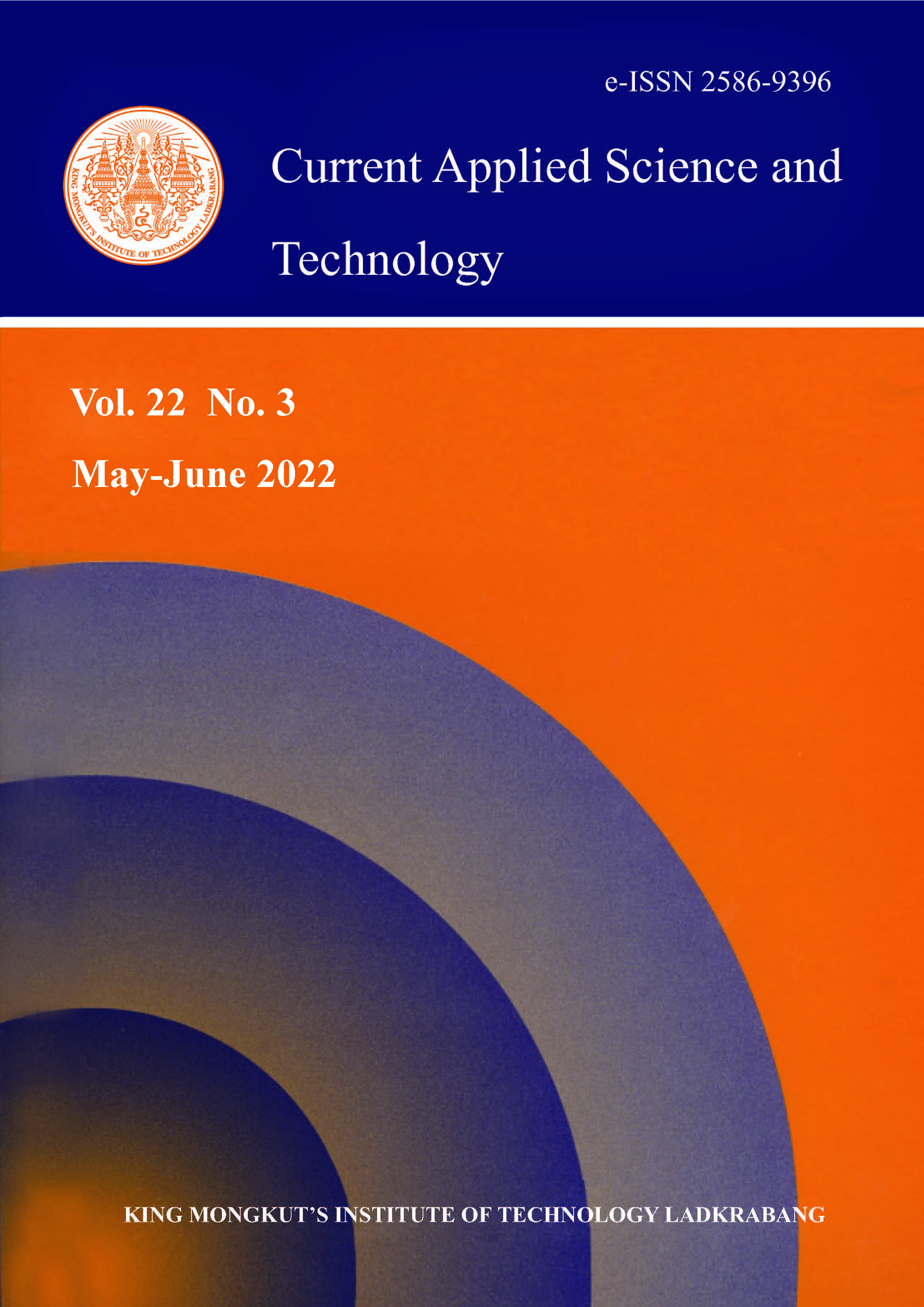The kinetics of antibacterial activity of cajuput oil (Melaleuca cajuputi) to Escherichia coli, Bacillus cereus, and Staphylococcus aureus were investigated. The aim of this study was to determine the reaction orders of cajuput oil as an antibacterial agent. The extraction of cajuput oil was conducted by water-steam distillation. The yield was 0.88%. GC-MS analysis showed that the cajuput oil contained β-ocimene (19.35%), 1.8-cineole (17.67%), limonene (12.09%), β-caryophyllene (9.51%), γ-terpinene (8.93%), 2-β-pinene (8.85%), α-terpinolene (4.96%), α-humulene (4.10%), α-terpineol (2.83%), and p-cymene (2.33%). The extract showed antibacterial activity to E. coli, B. cereus, and S. aureus, with the reaction orders of 0.4460, 0.8235 and 0.6928, respectively.
Keywords: cajuput oil; antibacterial; Escherichia coli; Bacillus cereus; Staphylococcus aureus; kinetics; Melaleuca cajuputi
*Corresponding author: Tel.: +6281227053886
E-mail: rustammusta.04@gmail.com
Musta*, R. undefined. ., Nurliana, L. undefined. ., Damhuri, , Asranudin, , Darlian, L. undefined. ., & Rudi, L. undefined. . (2021). Kinetics Study of Antibacterial Activity of Cajuput Oil (Melaleuca cajuputi) on Escherichia coli, Staphylococcus aureus, and Bacillus cereus. CURRENT APPLIED SCIENCE AND TECHNOLOGY, DOI: 10.55003/cast.2022.03.22.002 (10 pages). https://doi.org/10.55003/cast.2022.03.22.002

https://cast.kmitl.ac.th/doi/10.55003/cast.2022.03.22.002